
PRESENT SIMPLE, PRESENT CONTINUOUS or PAST SIMPLE? Interactive worksheet
Present Simple or Past Simple? luckyinlife Member for 4 years 4 months Age: 7+ Level: Elementary Language: English (en) ID: 53373 19/08/2019 Country code: RU Country: Russia School subject: English as a Second Language (ESL) (1061958) Main content: Present Simple or Past Simple (2010848)
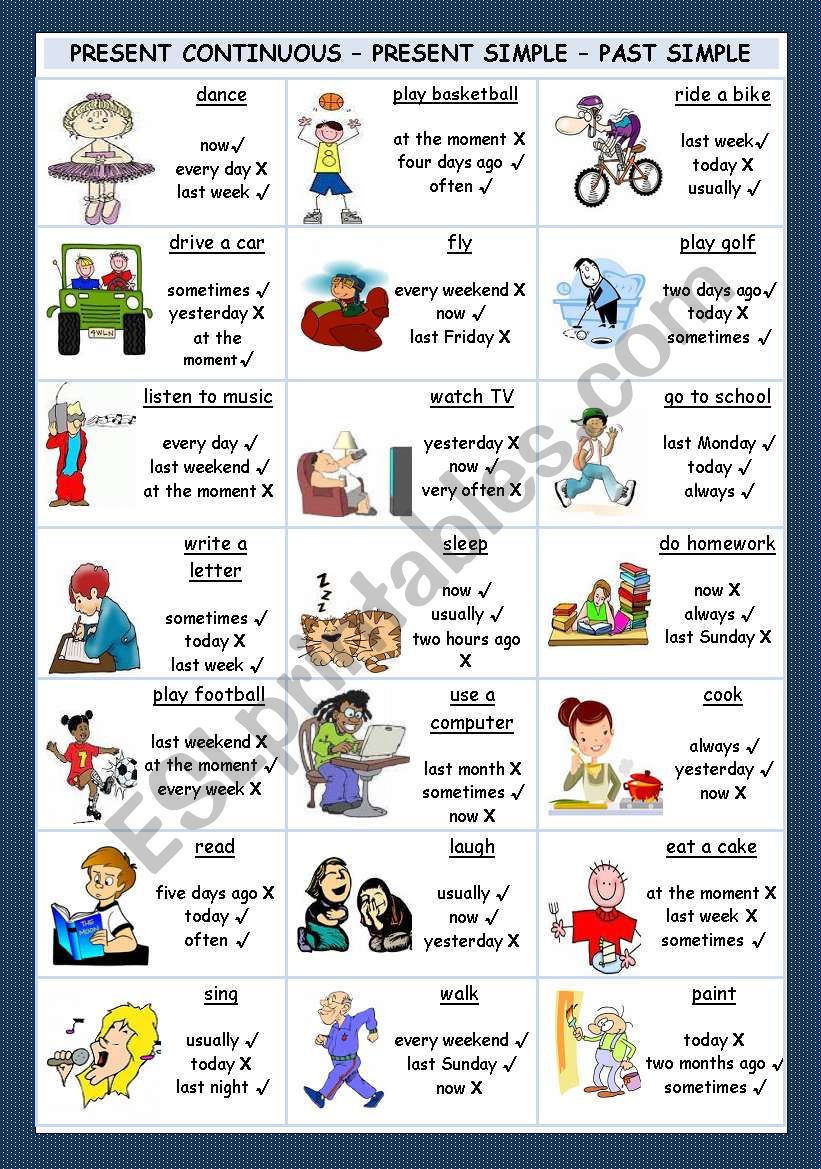
Present Continuous Present Simple Past Simple ESL worksheet by Blanca
The past simple is usually used: I reached school one hour ago. Also, the verb reach doesn't take a preposition, so delete 'at'. The second sentence is correct. But it's the present simple, not the present perfect (i.e. the verb have is the main verb, not an auxiliary verb). Have a look at our Present perfect page for more explanation. I hope.

the past simple tense is present perfect tense and present perfect tense in three different ways
Welcome to our comprehensive guide on the Simple Present, Past, and Future Tenses. Whether you're a student, a language enthusiast, or just looking to brush.
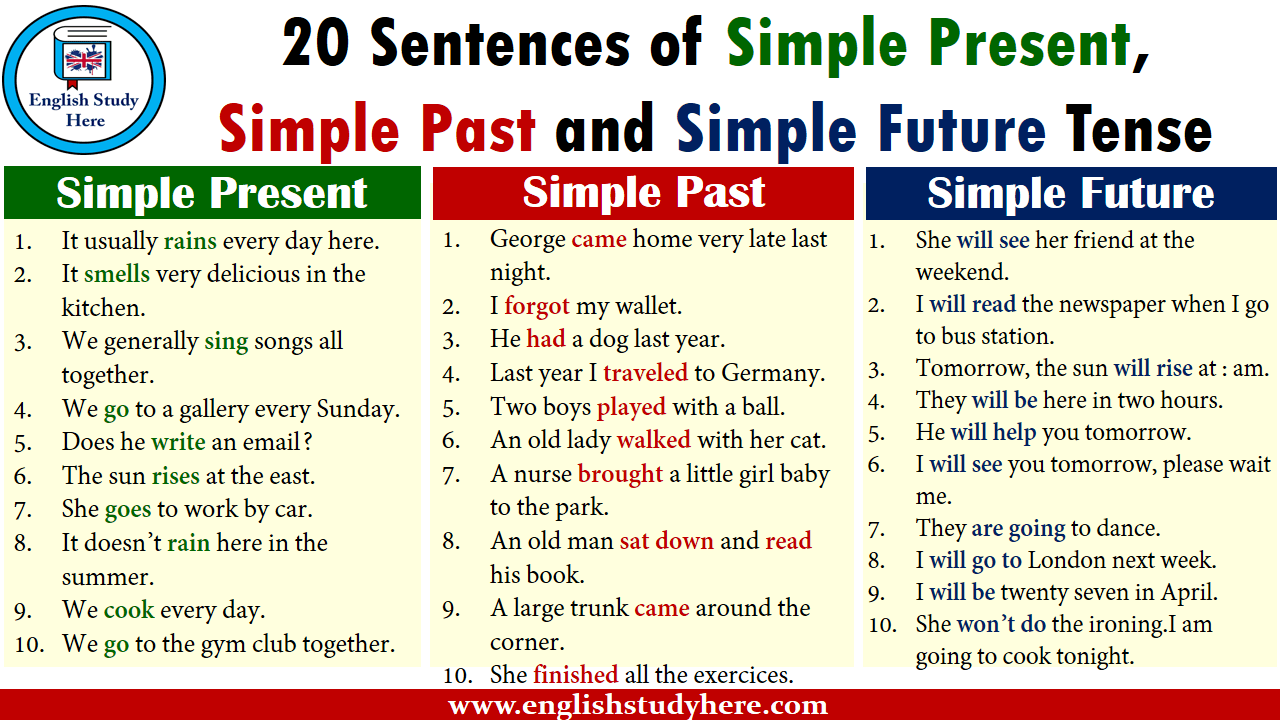
Simple Past Form Of Win BEST GAMES WALKTHROUGH
Home Grammar grammar faq present simple vs. past simple past simple present simple There are similarities and differences between past simple and present simple, which might cause confusion. What Are Their Main Differences? The clearest difference between past simple tense and present simple tense is that they talk about different time periods.

Present & Past Simple & Continuous
Present Simple vs. Past Simple. evabosh. 470. 1. 5. 0. 1/2. A drill worksheet with exercises for distinguishing Present Simple and Past Simple for A2 level with positive, negative and interrogative sentences.
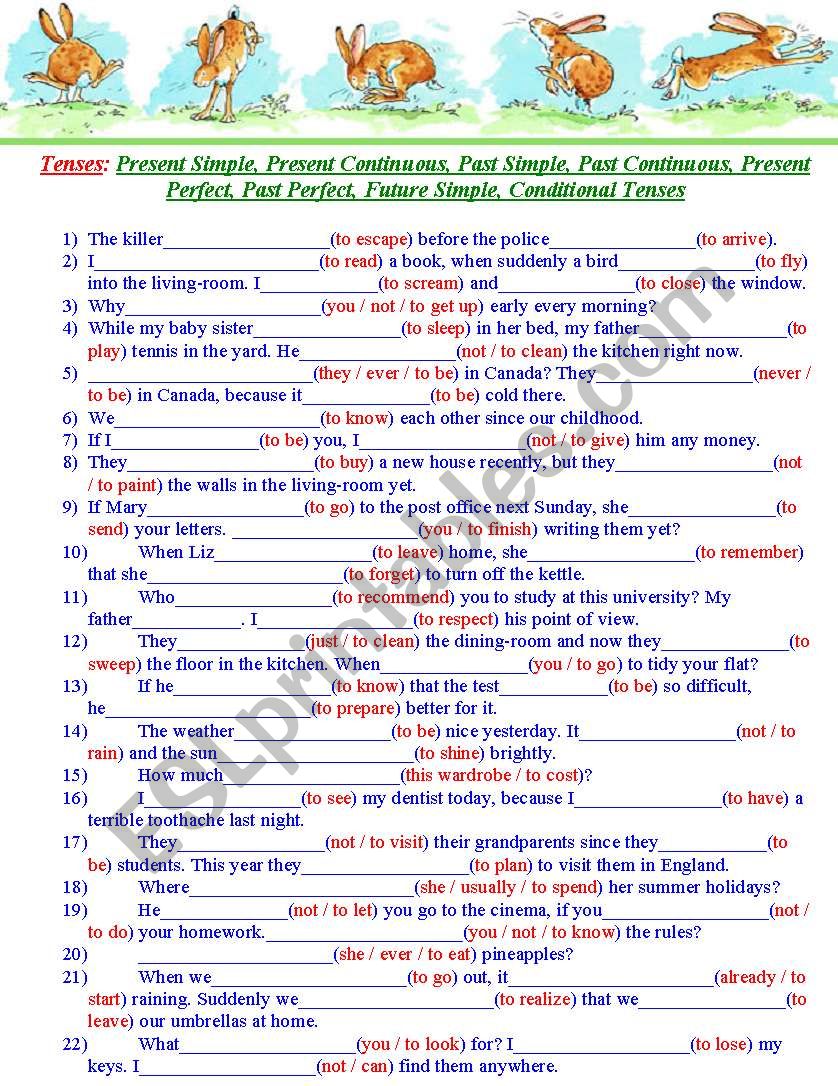
Tenses Present Simple, Present Continuous, Past Simple, Past Continuous, Present Perfect, Past
present simple | past simple | future simpleLearn how to use the simple tenses in English. Today's lesson only focuses on the simple tenses so you can see ho.

Verb use in past simple
Past simple Past simple Level: beginner With most verbs, the past tense is formed by adding -ed: called liked wanted worked But there are a lot of irregular past tense forms in English. Here are the most common irregular verbs in English, with their past tense forms: We use the past tense to talk about: something that happened once in the past:
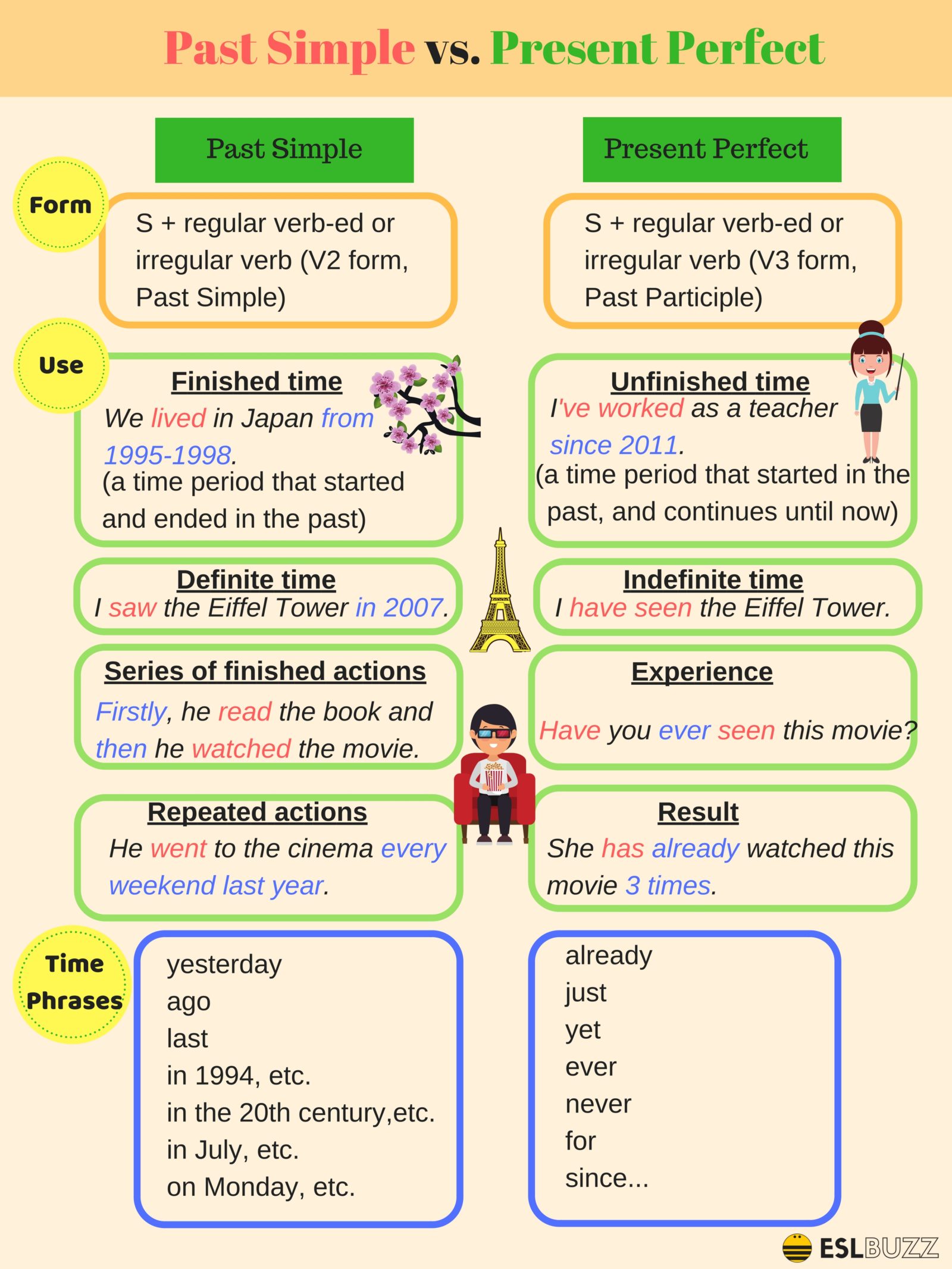
English Tenses Past Simple and Present Perfect ESLBUZZ
Task No. 4701. Put in the words in brackets into the gaps and use the Simple Present or the Simple Past. Form sentences or questions. Show example.

the past simple present perfect worksheet is shown in black and white with text
The present represents actions happening now, while the past represents actions that happened earlier, and the future describes actions that will happen later. Simple tense The simple tense is a grammatical aspect that refers to the normal forms of the past, present, and future tenses—nothing fancy!

Valme's English Corner Present Simple vs. Present Continuous
The simple present tense (all called the present tense) is used to express action that is happening in the present, now, relative to the speaker or writer. The simple present is generally used for actions that are factual, normal, or regular in occurrence, sometimes called habitual actions.
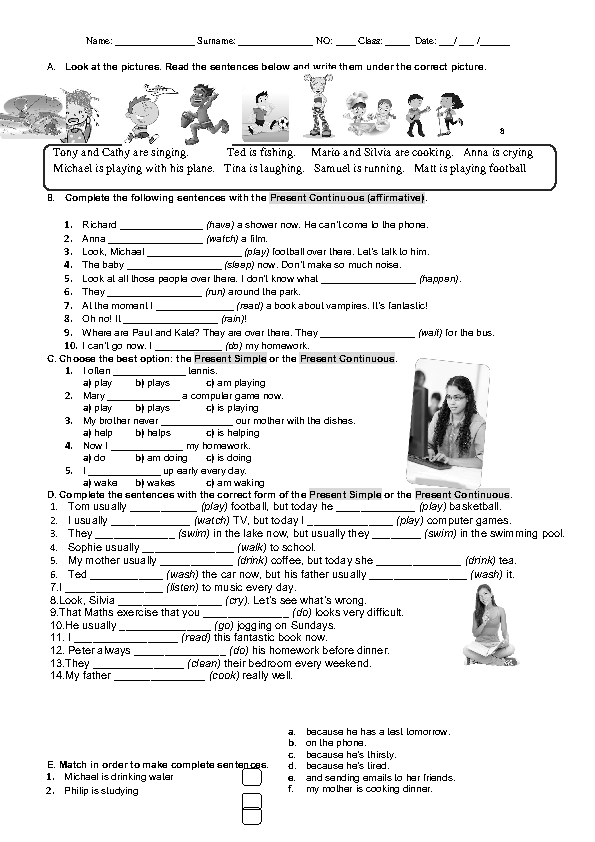
Present Simple / Present Continuous / Past Simple
The past simple is used to talk about actions that have been completed in the past. We use it for single actions (things that happened once), for example, "We w a t c h e d a film last night." We use it for two or more actions that happened at a similar time in the past, for example, "I w e n t to the party and I a t e some pizza."

Differences Between Present Perfect Tense and Simple Past Tense English Study Page
Present Perfect and Past Simple Click here to download this explanation as a pdf Click here for more information about the present perfect tense Click here for more information about the past simple tense Remember: We use the past simple for past events or actions which have no connection to the present.

The Difference between Past Simple and Present Perfect 7 E S L
Revised on September 25, 2023. The simple present tense is a verb form used to talk about habits, unchanging situations, facts, and planned events in the near future. The simple present tense of most verbs is the infinitive form (e.g., "sing"). However, the third person singular (e.g., "he," "she," and "it") takes an "s" at.

Difference Between Simple Past and Present Perfect
Since the present simple and the past simple together make up the vast majority of verb forms in English (I think the figure is 80% of English texts consists of one or the other), virtually anything you do in class - in the way of songs, games, stories, and conversation, for example - is going to provide practice in one or the other of the two forms.
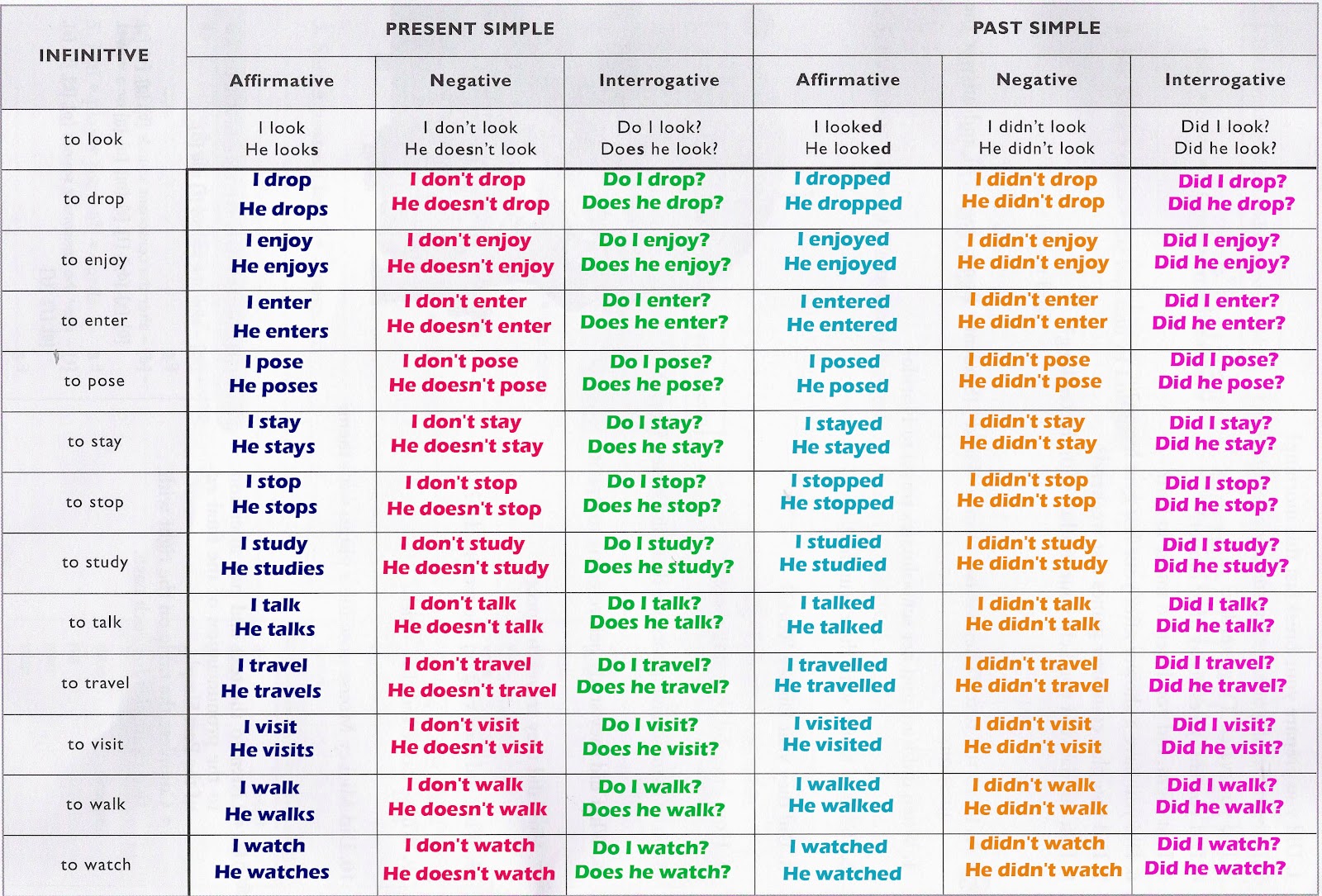
madaboutenglish Simple Past
Present Simple vs Past Simple ( -ed) When do people use the past form? Let's look at some sentences with verbs in the past form (past simple) and present form (present simple) to better understand the meaning the past form adds and why speakers choose to use it. Or start with our practice exercises. Why do we use it?

Past simple or present simple with KEY worksheet Free ESL printable worksheets made by
English Grammar Verbs Present tense Present simple Present simple Level: beginner The present tense is the base form of the verb: I work in London. But with the third person singular ( she / he / it ), we add an -s: She works in London. Present simple questions Look at these questions: Do you play the piano? Where do you live?